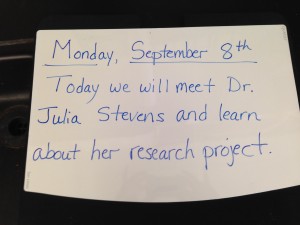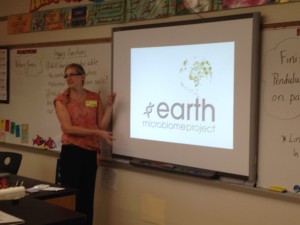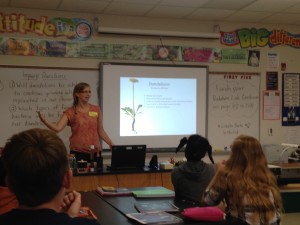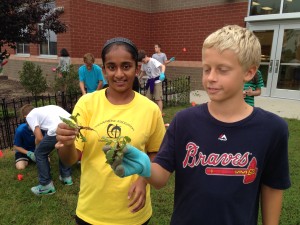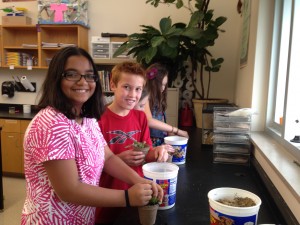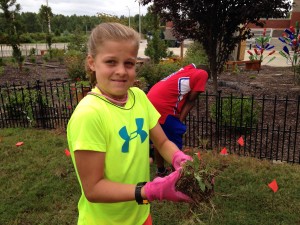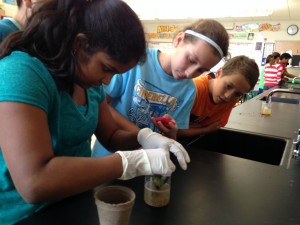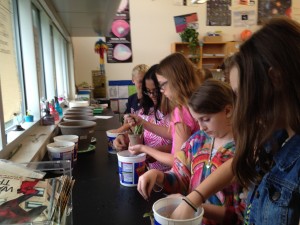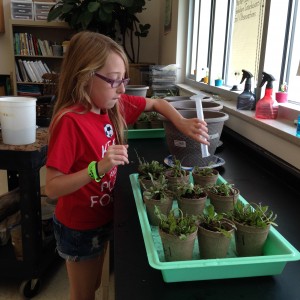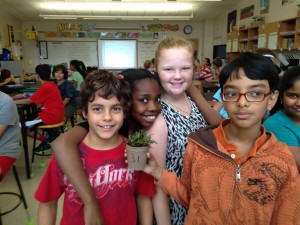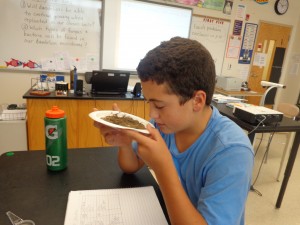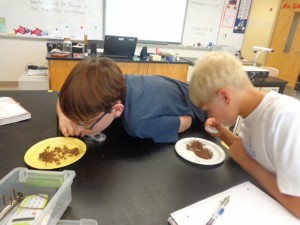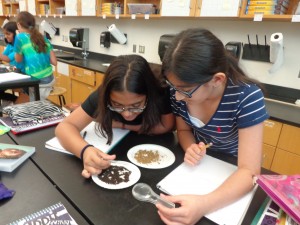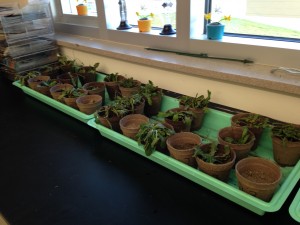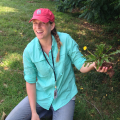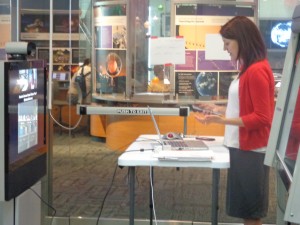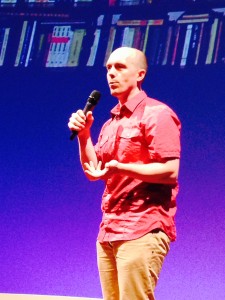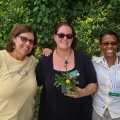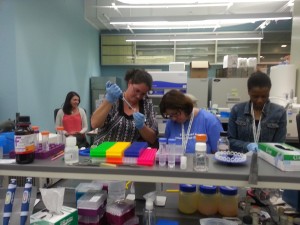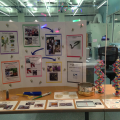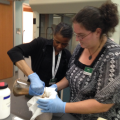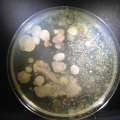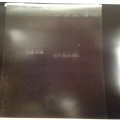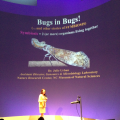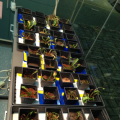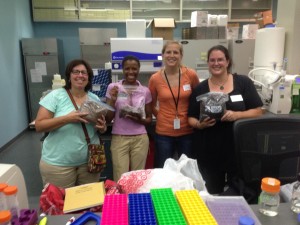During my 26 years in the teaching profession I’ve always sought after quality professional development. I’m the educator who at the end of the five year renewal cycle has way more professional development credits than are required. I simply love to learn and acquire tools to help me grow as an educator. The Kenan Fellows professional development was different than others I’ve experienced for several reasons. First, I’m in a room filled with educators who are excited, positive and want to be there. The enthusiasm to share tricks of the trade and hone our craft as teachers is contagious.
Secondly, the PD has been up to date and easy to implement in my classroom. I’ve been able to quickly use new tools & strategies learned at Kenan PD as soon as I return to my classroom. This is key to the educator who ALWAYS has a very long “to do” list. The fact that I could pick a few new tools to implement right away kept me motivated and wanting to learn more. I admit, I was a bit overwhelmed in the beginning because I was learning so many new things. I then realized I could just get started with a few. For example, I chose to use Kahoot It as a review tool with my students the week I returned from the Kenan Institute. I also began the year setting up my Edmodo classrooms using the information learned this summer at NCCAT. As the Mentor Coordinator at my school, I’ve also implemented and shared several tools learned at Kenan PD with my new teachers. They’ve commented on how they enjoy learning these new strategies that can easily be implemented in their own classrooms the very next day.
Lastly, the Kenan Fellows PD is different than other PD I’ve experienced because it has inspired me to be more informed as an educator. The last institute I attended in October was filled with information about educational issues, how to get involved in making a change and learning more about the politics of our profession. I admit I’ve never really been involved in this side of education and have left it to others. I feel like I now have valuable information at my fingertips in order to become more active in helping to make positive changes in the education community.
I want to learn from someone who is enthusiastic about their craft and knowledgeable in their field. I feel like the Kenans have provided top notch presenters during all three institutes. I’ve considered myself lucky to be a part of such high quality professional development. Throughout all three Kenan Fellows Institutes I’ve been inspired, challenged and treated as a valued professional. Thank you Kenan!!
